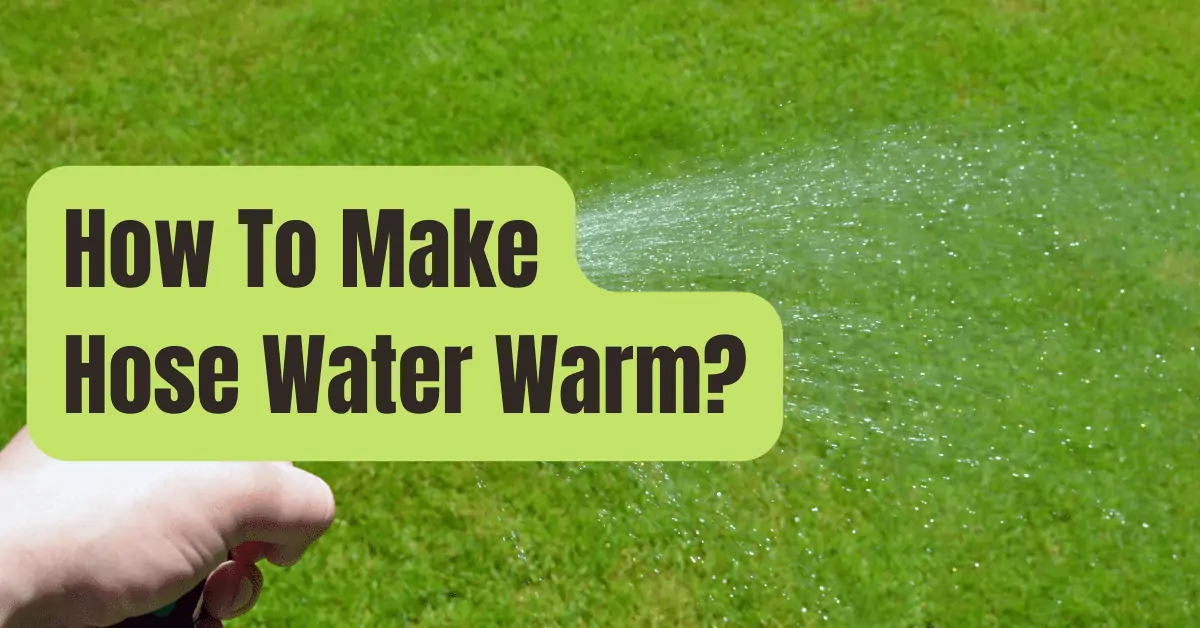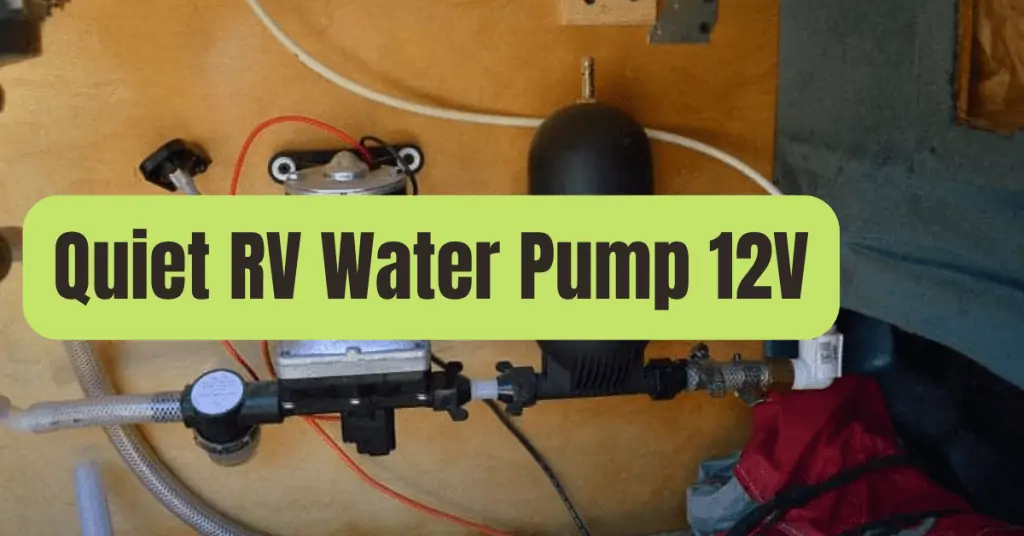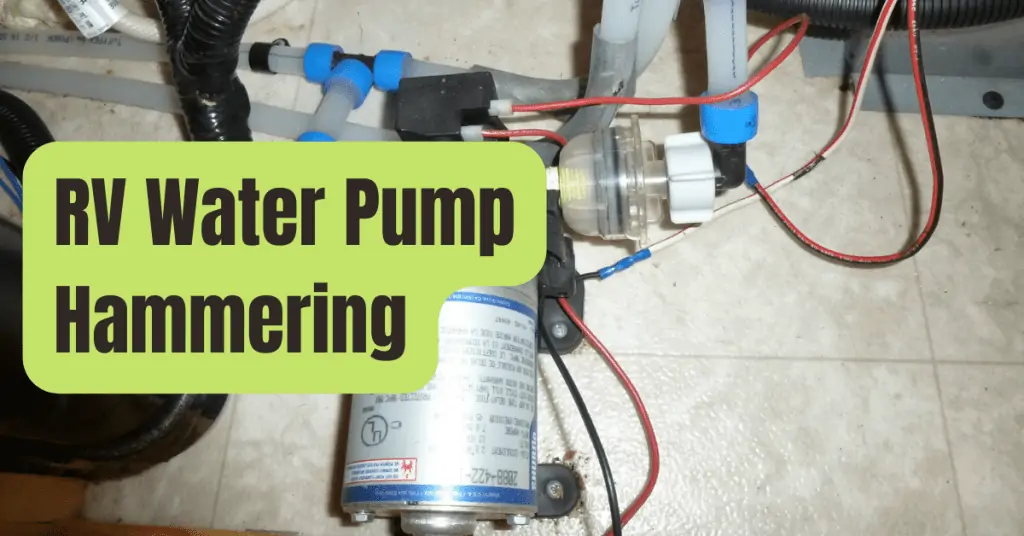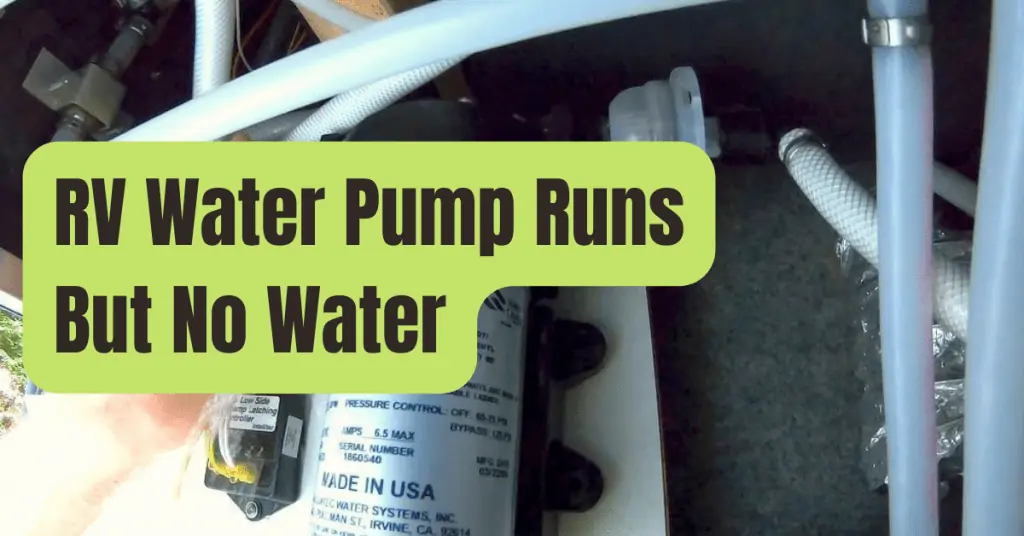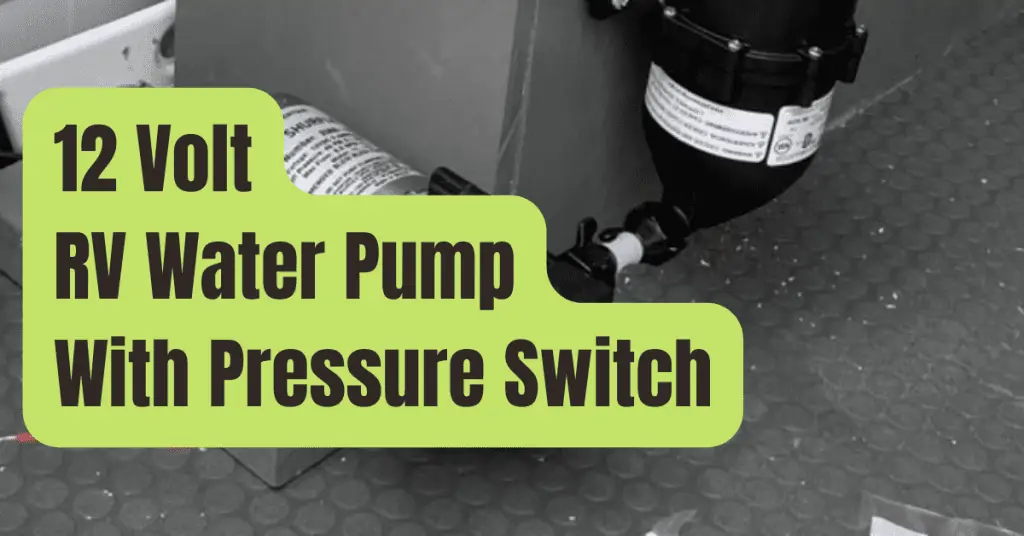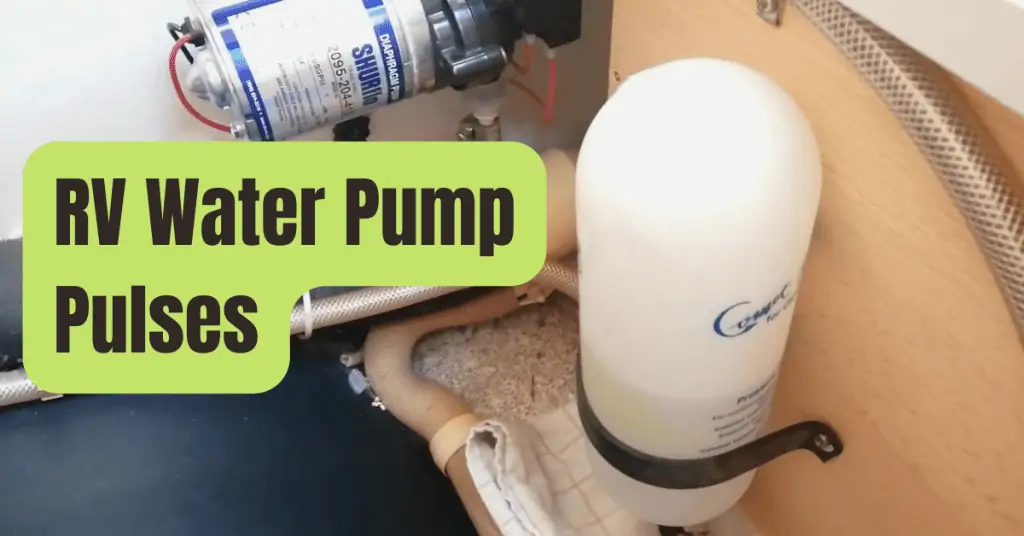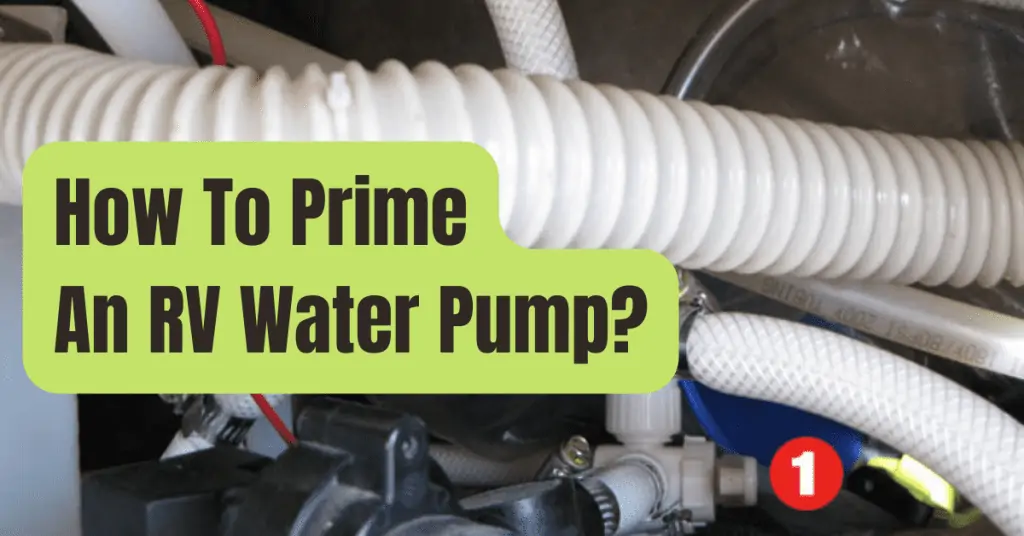Imagine having a pool party in your backyard on a hot summer day when your children and dogs are there.
Or maybe it’s winter and you need to finish off some errands like washing your vehicle or cleaning your patio, but it’s too cold outside.
If you live in a cold climate, having warm water may go a long way toward making these duties fun and simple.
This article discusses a few ways to utilize a hose to obtain warm water outside the home for whatever purpose you have in mind.
How Can I Use My Garden Hose To Get Warm Water?
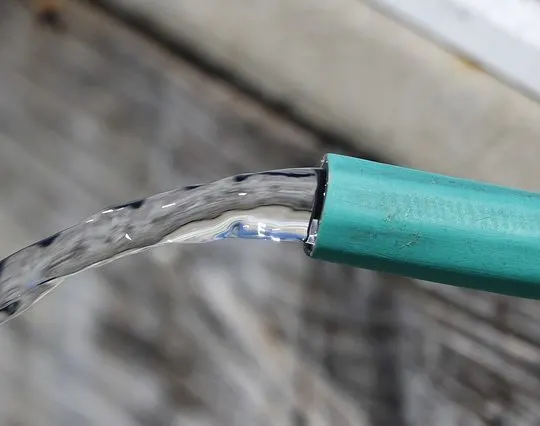
There are basically two methods to use your hose to obtain warm water.
You may either use special adapters to connect it with your sink faucet or leave it out in the sun to warm it up.
Below, we’ll go into great detail about each technique:
Step 1: Exposing The Hose To Direct Sunlight
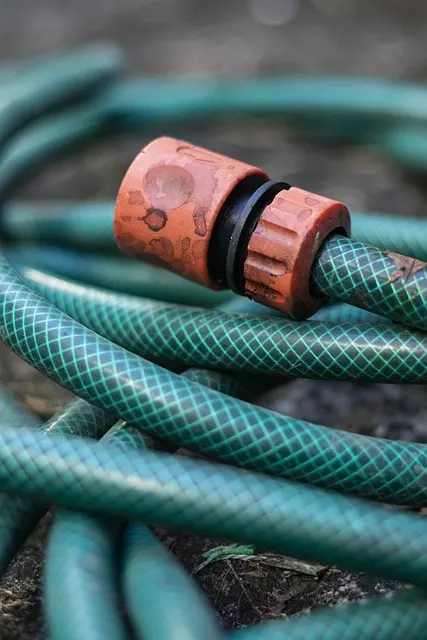
Those who wish to avoid a lot of stress often choose this.
It doesn’t take much work and is rather simple.
The method’s main flaw, despite how simple it is, is that it is not particularly effective.
First, consider how long it will take for your garden hose to warm up in the sun.
That will take many hours.
Then, when water flows past it, it will quickly become cold again.
You’ll therefore waste a lot of time on little amounts of warm water that are hardly enough to do anything.
Another problem is that exposing your garden hose to the sun for long periods of time may cause it to get very hot.
It could be too hot for you to touch.
Additionally, it could sustain structural damage or become permanently discolored.
However, the second choice is preferable if you want greater control over the temperature and volume of warm water that flows through your hose.
Step 2: Attaching A Hose To Your Bathroom or Kitchen Faucet
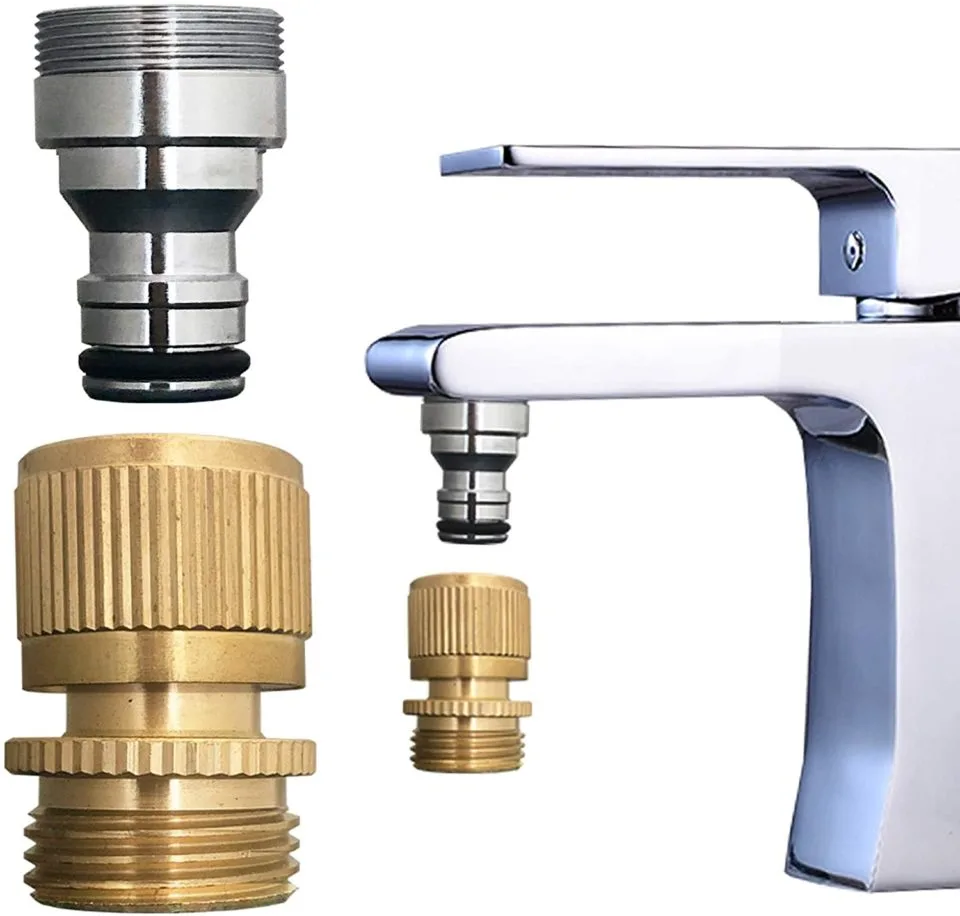
This approach is really simple and effective for supplying warm water to your garden hose.
It’s time to give it a try if you’ve never considered attaching your hose to the bathroom or kitchen sink.
Make sure the hose is long enough to go around your home; that’s all that has to be done.
What would happen, though, if the hose didn’t fit the sink faucet?
Given that a sink faucet is not intended to connect to a garden hose, this is quite likely to occur.
Even your standard hose connection won’t work since it won’t fit around the faucet.
In this case, a garden hose aerator adapter may easily resolve this issue.
This may be ordered online or via a supply shop.
Just your trusty old pliers from your toolbox will do.
Here is a detailed explanation:
- Use pliers to carefully unfasten the aerator from your kitchen faucet. Aerator cracking may occur if too much pressure is applied.
- The size and kind of the aerator should then be measured. Aerators typically come in the male kind and have a diameter of 1/2 inch.
- According to the size and type chosen in the previous step, purchase an aerator adapter.
- Join the adapter to your hose.
- Attach the adaptor to the kitchen sink faucet.
How Hot Should The Water Be?
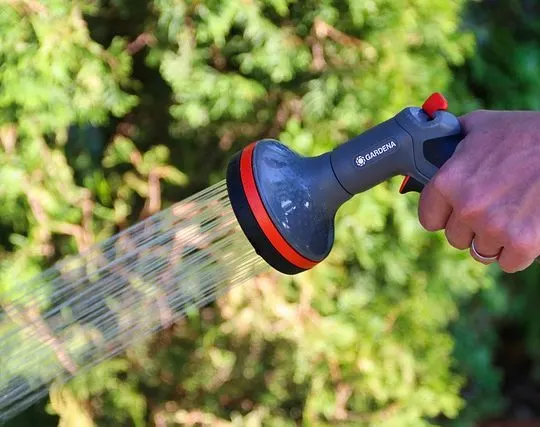
How hot does the water need to be after your hose has started to spray warm water in order to keep it from breaking or injuring you?
The fact is that this depends on the sort of garden hose you have.
Some hoses made of high-quality material can endure high temperatures for a while.
Others, though, lack durability and aren’t designed to withstand hot water.
To prevent having to replace the hose after just a few months when attempting the aforementioned procedure, it is crucial to choose a hose made of high-quality materials.
A high-quality brand of garden hose can withstand hot water that is 60–80°C (140–180°F).
The term “quality” may appear on the packaging but not on the actual product for certain companies.
Therefore, unless you are certain that the hose is top-notch, it is advisable to err on the side of caution.
The ideal water temperature via the hose is between 20 and 40 °C (70 and 112 °F).
This is to protect you from any unwelcome dangers.
Warm Hose Water for Plants in Your Garden
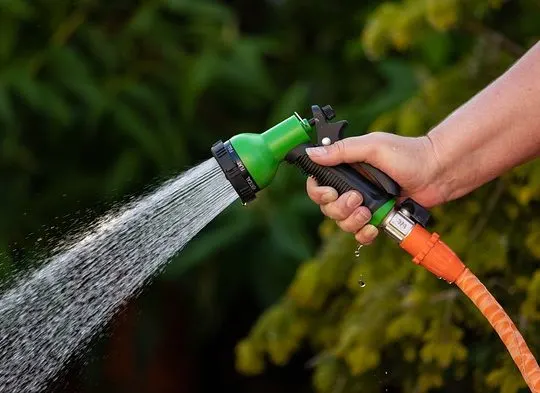
The roots of your plants might be harmed by water that is too cold.
On the other side, boiling water has the potential to startle your plants.
While some plants can tolerate high temperatures, some don’t.
The leaves might get scalded and shriveled if hot water is used.
Additionally, it burns off the covering that shields the plants’ leaves.
Directly pouring hot water into the soil in an effort to “improve its state” is not any better since it might eliminate all the beneficial soil organisms required for plant development.
Make sure the water is the right temperature before you water your plants.
How Can You Prevent Hose Accidents?
Working with warm water may be quite dangerous since accidents can occur.
Here are some strategies to stop self-harm.
#1. Store It Away From Your Kids’ Reach
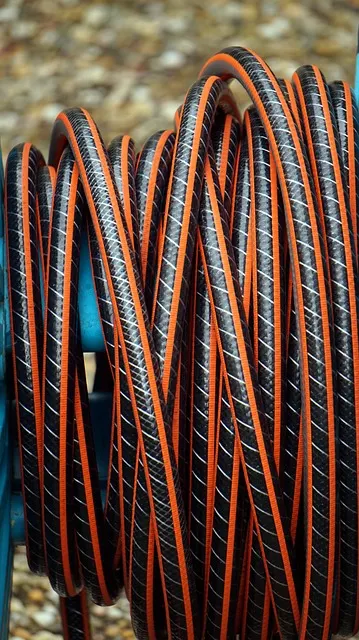
Your kids may have sometimes seen you use the aforementioned technique to get warm water into your garden hose and may be tempted to attempt it on their own unattended.
Unfortunately, under this circumstance, an accident is likely to happen.
So be careful to store your hose out of the kids’ reach after you’re through using it.
#2. Keep An Eye On The Weather
This is to prevent you from being wounded and damaging the hose.
Before running water via a hose, always check the temperature of the water coming from your sink faucet.
Additionally, before winding up the hose after continuous use, ensure sure it has had time to cool down.
#3. Refrain From Using Warm Or Hot Water To Water Plants
As was previously said, plants do best with water that is at normal temperature.
Warm or hot water may permanently harm the roots and foliage while putting children and animals at danger for injury.
Conclusion
Warm water may be very useful from time to time, particularly if you have a patio that has to be thoroughly cleaned or an outdoor pool that your kids like using in the winter.
Thankfully, utilizing the techniques described above, you’ll never have to worry about finding warm water outside.

